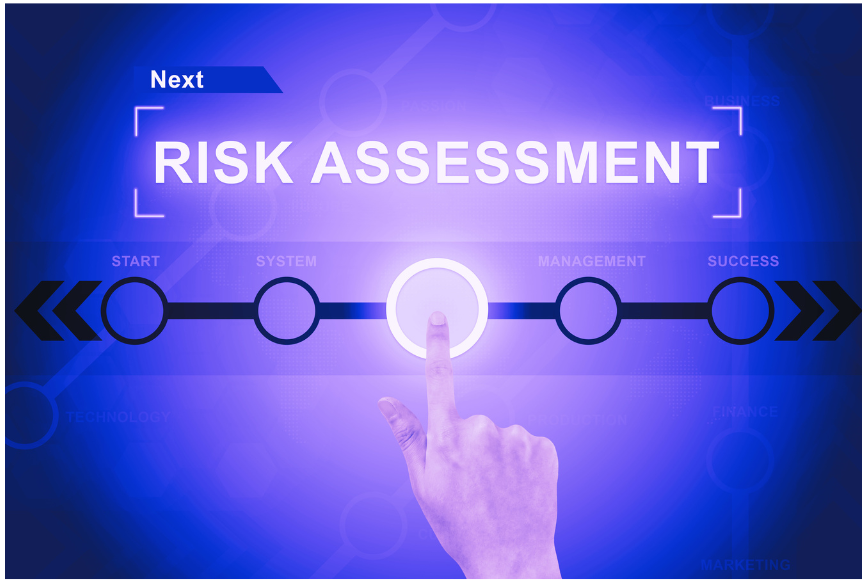What is a Compliance Risk Assessment?
A compliance risk assessment is the process regulators use to identify, analyse, and prioritise areas where the risk of non-compliance is highest. It looks at both the likelihood of non-compliance and the consequences if it occurs.
Far more than a checklist, a compliance risk assessment is a strategic tool that ensures limited resources are directed where they matter most, towards high-risk activities that could cause significant harm to the community, environment, or market integrity.
Why You Should Know About Compliance Risk Assessment
Whether you work in compliance, enforcement, or policy, understanding risk assessment is crucial. It underpins how regulators make decisions, design monitoring programs, and respond to breaches.
Risk assessment in compliance provides:
- Proportionate Regulation
Regulators tailor their actions to the level of risk. This ensures businesses and individuals face fair, targeted oversight instead of blanket enforcement.
- Efficient Use of Resources
Monitoring every activity equally isn’t possible. Risk assessment allows agencies to focus resources where non-compliance would have the greatest impact.
- Transparency and Accountability
Agencies that use risk-based approaches can clearly explain why they monitor certain areas and how they prioritise enforcement.
- Better Outcomes for Communities
By preventing high-impact non-compliance, risk assessment protects public safety, the environment, and consumer confidence.
- Professional Credibility
Practitioners who understand risk assessment can demonstrate sound judgment, strategic thinking, and alignment with best-practice standards
Why it Matters to You
If you’re in a regulatory role, or partnering with one, knowing how risk assessments work helps you anticipate oversight, prepare for audits, and contribute to better compliance outcomes. It’s not just about reducing risk; it’s about building trust in the regulatory system.
